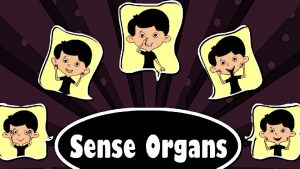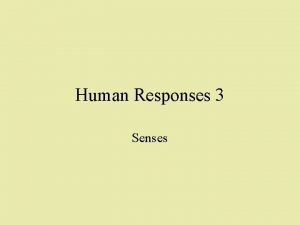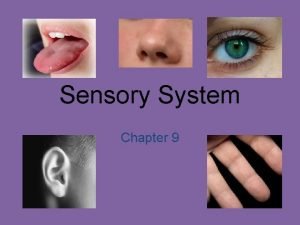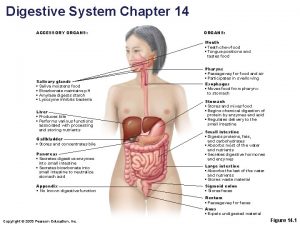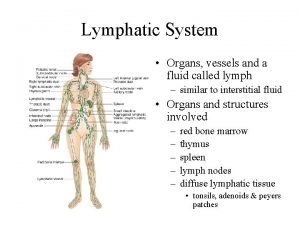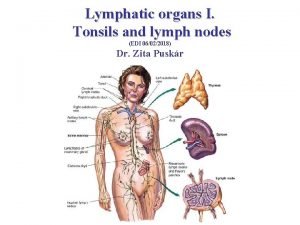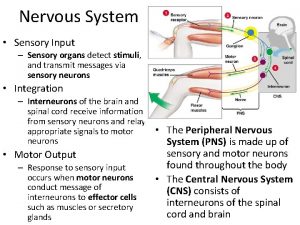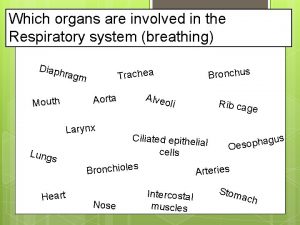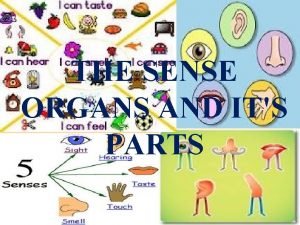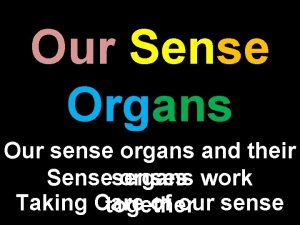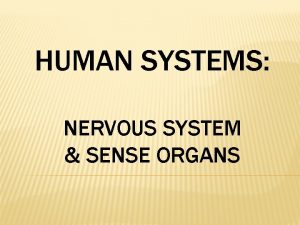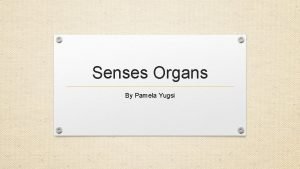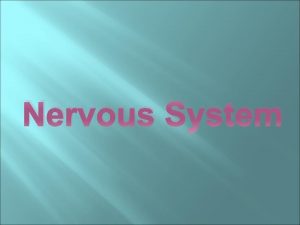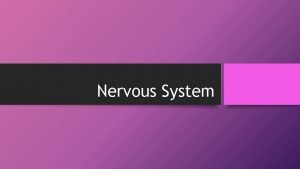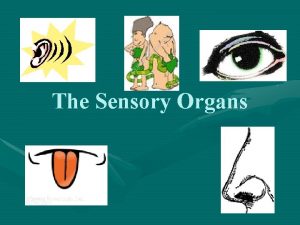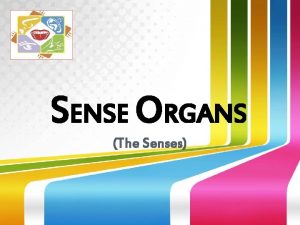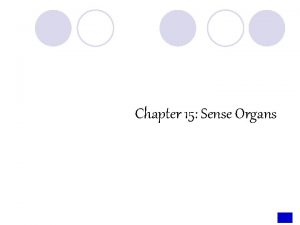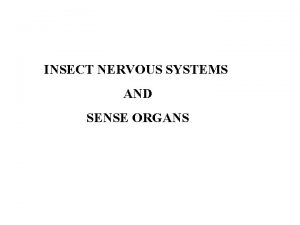The Nervous System Nervous System Sense organs the

























- Slides: 25

The Nervous System

Nervous System • Sense organs (the 5 senses) – Sight – Hearing – Touch – Taste – Smell

Reflex Action • A reflex action is the simplest type of behavior produced by an organism in response to a stimulus. It is a rapid, automatic, inborn response that does not require any conscious thought.

The CNS • Information from a stimulus is detected by sensory receptors and transmitted to the Central Nervous System (CNS)(brain and spinal cord). The CNS produces a response by sending nerve impulses to the appropriate effector organs.

Reflex Arc • Reflexes are rapid because there is a direct circuitry of neurons connecting the receptor and the effector. This is known as the Reflex Arc.

Reflex Arc

Feedback Loops

Feedback Loops Continued • Example: you have a bucket of water and the bucket is half full of water. This bucket has a hole in it where water is flowing out---this is Output. You are holding the bucket under a running faucet --this is Input. If the amount of water flowing out of the hole is the same as the amount entering from the faucet, the system is in balance. In this situation, the sensor is your eyesight. The feedback system is your hand on the faucet, which can turn the faucet to increase or decrease the flow based on what your eyes are telling you.

Feedback corrects the Input. Learning to balance a bicycle. .



Homeostasis

Systems that are internally maintained by feedback loops

Systems that are internally maintained by feedback loops

Open v. s. Closed Loops • Open Loops are • Closed Loops are known as Negative known as Positive Feedback Loops. • Prevents a variable • A disturbance that is from deviating from its accentuated or normal value called a heighten to move the set point variable further from a set point.

Nerve Impulses • Nerve impulses are electrical signals that are produce by an ion imbalance that exits because of the nerve membrane. • The impulse is created by the sodiumpotassium pump, which create the imbalance. • Action potential is the reversal of charges across the cell membrane of a neuron.

Sodium-Potassium Pump

Active Transport

Neurotransmitters • A chemical liberated from an axon terminal of a neuron which transmits a neuronal signal across a synapse to another neuron or a muscle fiber. Released by pre-synaptic neuron, interacts with receptors on membrane of post-synaptic neuron. Example: Acetylcholine

Synapse • The point of communication between one nerve cell and another or between a nerve cell and its non-neuronal target (e. g. muscle fiber). The neuronal message is carried across the synapse by a chemical transmitter.

Parts of a Neuron

Grey v. s. White Matter • Grey matter is where all the processing is done • White matter is responsible for communicating between regions of grey matter and between the grey matter and the reset of the body.

Sensory Neuron • A nerve cell concerned with carrying impulses from sensory receptor organs to the CNS.

Interneuron • A small neuron within the grey matter of the CNS, interposed between sensory and motor neurons in a reflex arc.

Motor Neuron • A nerve cell that carries impulses away from the CNS to an effector organ.
 Sense organs
Sense organs Images of sense organs with names
Images of sense organs with names Sense organs for class 1
Sense organs for class 1 Sense organs of amphibians
Sense organs of amphibians Ten sense organs
Ten sense organs Take care of sense organs
Take care of sense organs Neuron process
Neuron process Nervous
Nervous Processes of a neuron
Processes of a neuron Dominant genetic variance
Dominant genetic variance Narrow sense heritability vs broad sense heritability
Narrow sense heritability vs broad sense heritability Sensory system organs
Sensory system organs Excretory system image
Excretory system image Function of the organs in the digestive system
Function of the organs in the digestive system Accessory organs of the digestive system
Accessory organs of the digestive system Accessory organs of the digestive system
Accessory organs of the digestive system Lymphatic system organs and functions
Lymphatic system organs and functions Lymphatic system organs
Lymphatic system organs Stratified squamous non-keratinized epithelium
Stratified squamous non-keratinized epithelium Largest lymphoid organ
Largest lymphoid organ Organs of the sensory system
Organs of the sensory system Which organs are involved in respiratory system
Which organs are involved in respiratory system Chapter 13 the respiratory system
Chapter 13 the respiratory system Chapter 16
Chapter 16 Nervous system and digestive system
Nervous system and digestive system Endocrine system and nervous system
Endocrine system and nervous system
